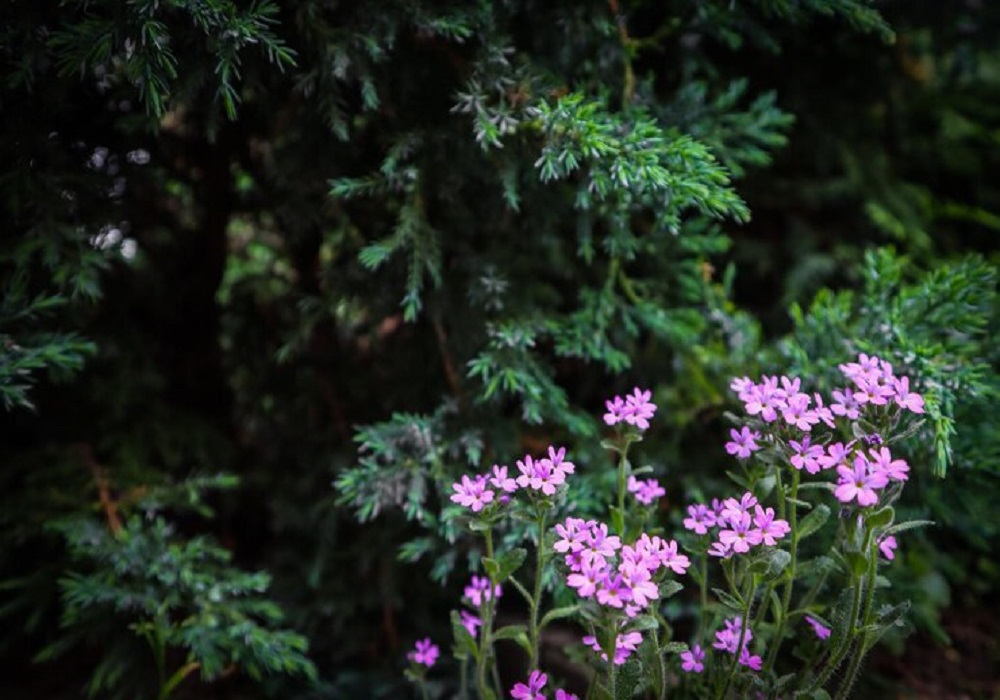Welcome to the lush world of evergreen flowering plants in India, where nature’s beauty flourishes year-round. From the majestic Himalayas to the tropical forests of the south, India boasts a diverse array of flora that captivates with its colors and fragrances. In this comprehensive guide, we delve into the enchanting world of evergreen flowering plants, exploring their types, characteristics, and cultural significance.
What are Evergreen Flowering Plants?
Evergreen flowering plants are botanical marvels that retain their leaves and bloom throughout the year, irrespective of seasonal changes. These plants add vibrancy to landscapes and offer a perennial source of beauty and joy.
Importance of Evergreen Flowering Plants
The presence of evergreen flowering plants is essential for maintaining ecological balance, as they provide habitats and food sources for various organisms. They also improve the aesthetic appeal of gardens, landscapes, and natural environments, which raises people’s standard of living in general.
Types and Categories
Evergreen flowering plants encompass a wide range of species, each with its unique characteristics and attributes. Let’s examine a few of the primary kinds and classifications:
1. Tropical Evergreens
Tropical evergreens thrive in warm, humid climates and display lush foliage and vibrant blooms year-round. Examples include the iconic hibiscus, frangipani, and bougainvillea.
2. Himalayan Evergreens
Found in the higher altitudes of the Himalayan region, these plants exhibit resilience to cold temperatures while showcasing delicate flowers and foliage. Rhododendrons and azaleas are prominent examples.
3. Coastal Evergreens
Adapted to saline environments and coastal climates, coastal evergreens feature robust leaves and flowers that withstand salt spray and strong winds. Beach morning glory and sea hibiscus are notable examples.
4. Desert Evergreens
Thriving in arid and semi-arid regions, desert evergreens possess adaptations such as succulent leaves and deep root systems to conserve water. The desert rose and oleander are iconic desert evergreen species.
Symptoms and Signs
Identifying evergreen flowering plants is made easier by recognizing their distinct symptoms and signs:
1. Persistent Foliage
One of the hallmark characteristics of evergreen plants is their ability to retain foliage throughout the year, ensuring a continuous display of greenery.
2. Continuous Blooms
Unlike deciduous plants that shed their leaves during specific seasons, evergreen flowering plants produce blooms consistently, adding color and vitality to their surroundings.
3. Adaptations to Climate
Evergreen plants often exhibit adaptations to their respective climates, such as waxy coatings on leaves to reduce water loss or specialized root systems for nutrient uptake.
Causes and Risk Factors
The flourishing of evergreen flowering plants is influenced by various biological, environmental, and human factors:
1. Biological Factors
Genetic traits play a significant role in determining a plant’s ability to remain evergreen, with certain species evolving specific adaptations to environmental conditions.
2. Environmental Factors
Climate, soil composition, and availability of water are crucial environmental factors that affect the growth and survival of evergreen plants.
3. Human Impact
Deforestation, habitat destruction, and climate change pose significant threats to evergreen ecosystems, jeopardizing the survival of numerous plant species.
Diagnosis and Tests
Determining the health and vitality of evergreen flowering plants involves careful observation and assessment:
1. Visual Inspection
Examine the plant’s foliage, stems, and flowers for any signs of discoloration, wilting, or pest infestation.
2. Soil Analysis
Conduct soil tests to assess pH levels, nutrient content, and drainage capacity, providing valuable insights into the plant’s overall health.
3. Pest and Disease Management
Identify common pests and diseases that affect evergreen plants and implement appropriate control measures to mitigate their impact.
Treatment Options
A mix of preventive actions and focused interventions is required for the effective management of evergreen flowering plants:
1. Pruning and Trimming
Regular pruning helps maintain the shape and size of evergreen plants while removing dead or diseased branches to promote healthy growth.
2. Fertilization
Supplemental fertilization provides essential nutrients that may be lacking in the soil, promoting robust foliage and vibrant blooms.
3. Pest Control
Implement integrated pest management strategies to control common pests and diseases without harming beneficial organisms or the environment.
Preventive Measures
To ensure the long-term health and vitality of evergreen flowering plants, adopt proactive measures to address potential risks:
1. Proper Plant Selection
Choose plant species that are well-suited to the local climate and soil conditions, minimizing the risk of stress or failure.
2. Adequate Watering
Establish a regular watering schedule based on the plant’s moisture requirements, avoiding both drought stress and waterlogging.
3. Mulching
Apply organic mulch around the base of evergreen plants to conserve soil moisture, suppress weeds, and regulate soil temperature.
Conclusion
In conclusion, the beauty and resilience of evergreen flowering plants enrich our lives in myriad ways, from enhancing landscapes to supporting biodiversity. By understanding their characteristics, needs, and cultural significance, along with essential gardening tips, we can cultivate and appreciate these botanical treasures for generations to come.
Read Also – Indoor Plants for Kitchen Garden in India: Bringing Green Indoors
